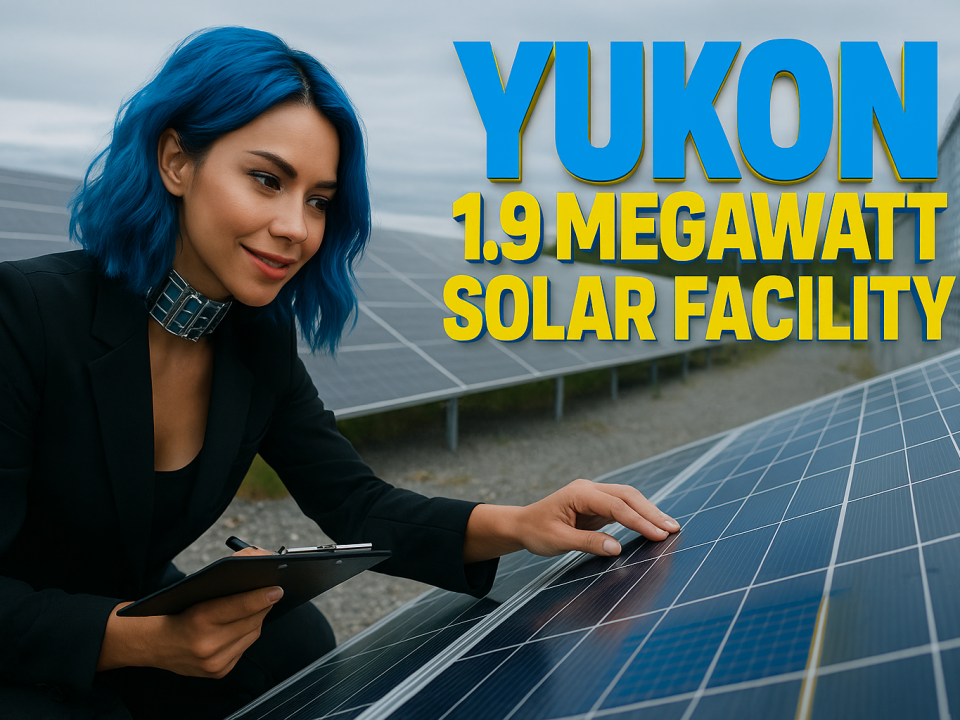
Complete Solar System For Home Price: Calculations Done Right Way?
August 19, 2025
Solar Panels Nova Scotia Cost Calculator Instant Quote
August 22, 2025The Alberta government just made a move that seems to contradict its own energy policies: it’s investing up to $50 million to put solar panels on its provincial jails. When I first heard this, even after 12 years in the solar industry, I had to read it twice. It’s not every day you see a government, especially one in the heart of Canada’s oil and gas country, make such a practical and forward-thinking move with renewable energy.
As Vitaliy Lano, owner of SolarEnergies.ca, my job is to cut through the noise and look at the real-world numbers and practical outcomes. This isn’t just about being “green”; it’s about a decision that has major financial implications for taxpayers and operational benefits for the province. Let’s break down what this plan really means for everyone involved.
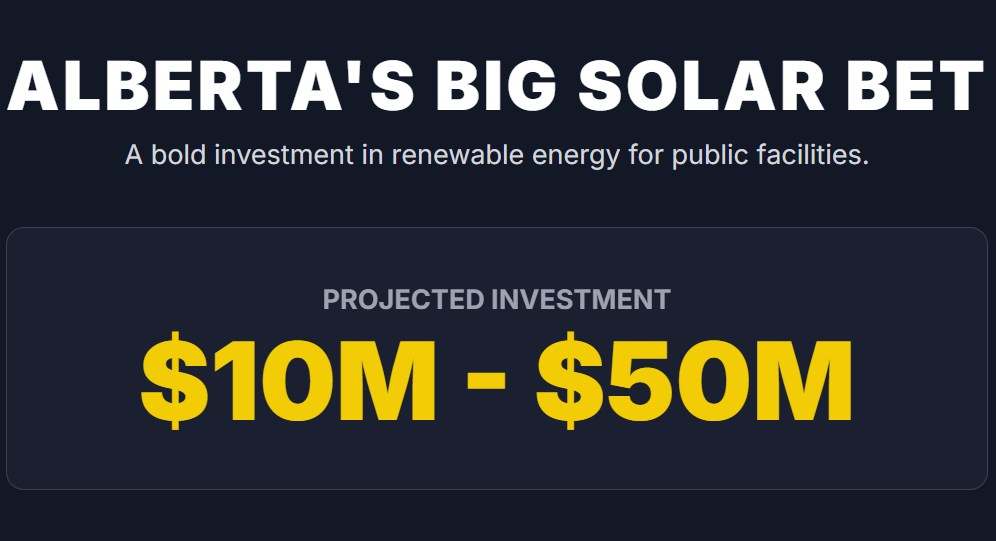
The Hard Numbers Behind Alberta’s Solar Jails
The government has announced a plan to build solar installations at five of its ten provincial correctional facilities. Two are planned for the Edmonton area and three around Calgary. This isn’t a small test project; it’s a significant investment with a preliminary budget ranging from $10 million to $50 million.
The immediate question is, what’s the return? The province estimates an initial energy cost saving of $1 million per year. Michael Kwas, press secretary for the Infrastructure Minister, stated that “the solar installations are expected to offset approximately 80 per cent of the energy used at each site.” That 80% figure is the key. It means these facilities will become largely self-sufficient in their electricity needs, drastically cutting their reliance on the grid and insulating taxpayers from fluctuating energy prices.
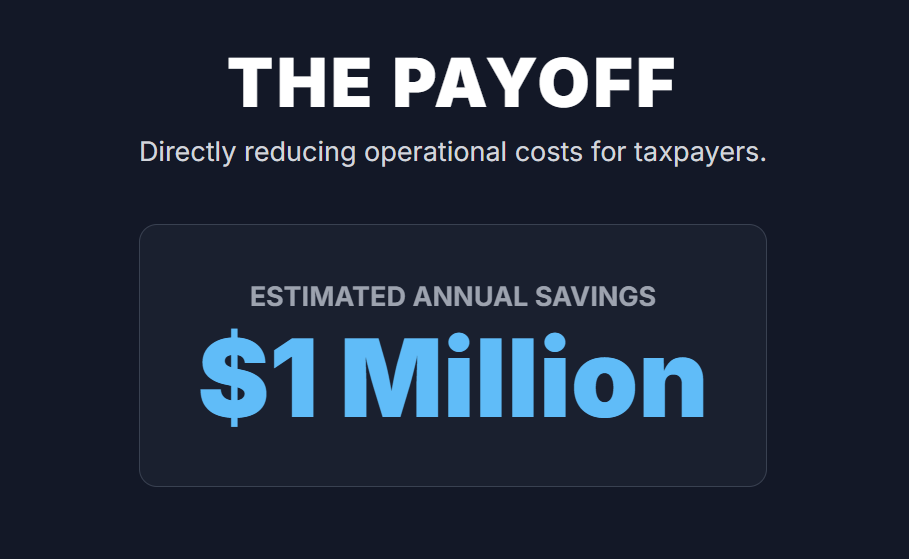
Why Jails Are Perfect for Solar Power
You might be wondering, “Why jails?” It seems random, but from a practical standpoint, it’s a brilliant move. Correctional facilities are massive energy consumers. They operate 24/7, 365 days a year, with constant needs for lighting, heating, cooling, security systems, and kitchen operations.
To put their consumption into perspective:
- The Edmonton area correctional facilities use about 11,500 megawatt-hours (MWh) of energy annually.
- The Calgary area facilities use roughly 6,300 MWh per year.
Now, compare that to the average Alberta home, which, according to ATCO, uses about 7 MWh annually.
| Facility/Home Type | Annual Energy Consumption (MWh) | Equivalent Number of Homes |
|---|---|---|
| Edmonton Correctional Facilities | 11,500 MWh | ~1,643 homes |
| Calgary Correctional Facilities | 6,300 MWh | ~900 homes |
| Average Alberta Home | 7 MWh | 1 home |
These institutions consume the power equivalent of entire subdivisions. Furthermore, as Kwas pointed out, these sites have “a significant amount of non-agricultural land, underutilized land…that
presents an ideal opportunity for ground mounted solar installations.” They have the space, they have the high energy demand, and they have a consistent consumption pattern, making them ideal candidates for large-scale solar arrays.
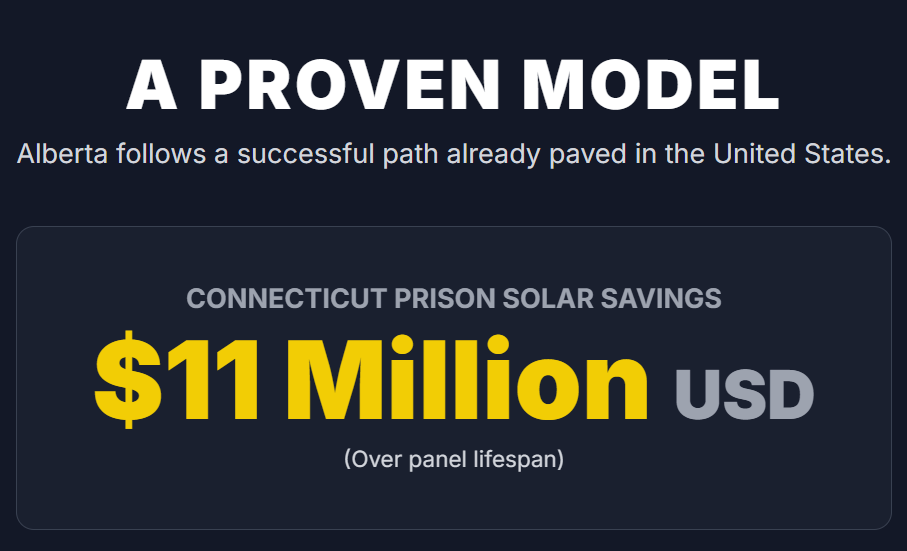
Is Alberta the First to Do This? Not Even Close.
While this may be a first for Canadian prisons—a spokesperson for the federal Public Safety Minister confirmed no federally run prisons currently use solar power—Alberta is following a well-established and successful model from the United States. Using solar to power correctional facilities is almost common practice south of the border.
The American Experience: A Proven Money-Saver
- Connecticut: In April of this year, Governor Ned Lamont announced that seven state-run correctional facilities were being equipped with new solar arrays. The projected savings? $11 million US over the lifespan of the panels. Lamont’s reasoning was simple and direct: “Installing solar energy systems at correctional facilities is a way that we can deliver cost savings in the operations of state government while also reducing our carbon footprint.”
- California: The Santa Rita Jail in Alameda County has one of the largest rooftop solar systems in the nation. Its 1.2-megawatt system was installed years ago and has been instrumental in reducing the jail’s electricity costs by about 30%. This project proved that large-scale solar is not only feasible but economically attractive for government buildings.
These examples aren’t outliers; they are part of a trend. US correctional facilities are increasingly seen as prime real estate for solar development because the financial case is undeniable.
The Real Winners and Losers: A Practical Breakdown
When a government spends tens of millions of dollars, we need to look at who benefits and what the potential downsides are for everyone involved.
For Alberta Taxpayers: The Bottom Line
The most direct benefit is financial. An estimated $1 million in annual savings is a significant figure. While the initial investment of $10-$50 million is substantial, energy infrastructure is a long-term play. With a 25+ year lifespan for solar panels, the total savings will be many times the initial investment, representing a responsible use of public funds. This move reduces the operational overhead of the prison system, freeing up money that can be used for other public services.
For the Alberta Government: A Smart Political Move
This project offers the government a win on multiple fronts. It demonstrates fiscal responsibility by cutting long-term operational costs. It also positions them as forward-thinking on energy policy, a narrative that can be challenging to establish in Alberta. As Stephen Legault of Environmental Defence put it, “When little announcements like this come out that suggests somebody is thinking rationally within the government about our energy future, it makes me pretty happy.” It’s a practical, data-driven decision that sidesteps political polarization around renewable energy.
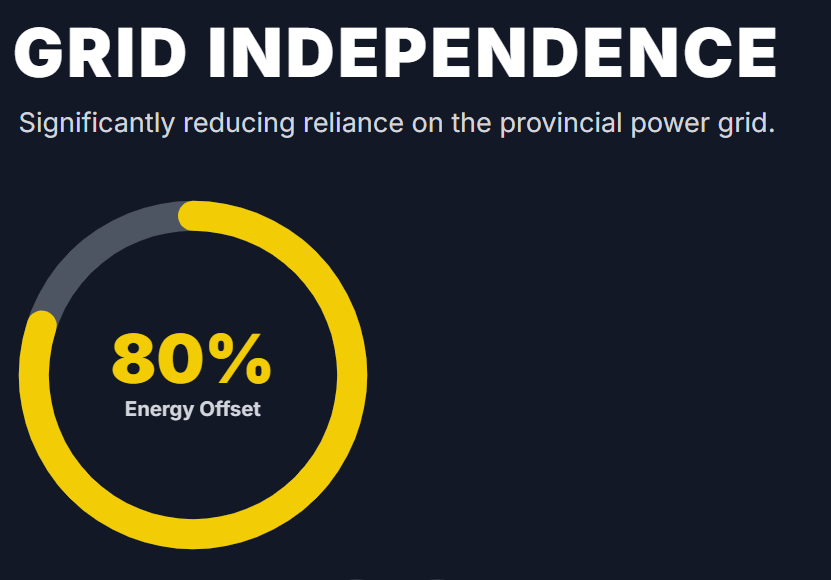
For Inmates and Staff: The Hidden Benefits
This is a side of the story that often gets missed. A stable, independent power source can improve the living and working conditions within these facilities. Power grid failures or brownouts can create significant security and safety challenges in a correctional environment. On-site solar generation, potentially paired with battery storage in the future, enhances energy resilience.
There’s also the potential for vocational training. In some US programs, inmates have been trained in solar panel installation and maintenance, giving them valuable, marketable skills upon release. This helps reduce recidivism and provides a tangible benefit to the incarcerated individuals themselves.

The Pain Points: What Could Go Wrong?
No project of this scale is without challenges.
- The Funding Model: The biggest financial red flag is that the government is using direct taxpayer funding. This places all the risk of budget overruns and underperformance on the public. As we saw in the U.S., a Power Purchase Agreement (PPA) would have a private company cover the upfront costs, a much safer route for taxpayers.
- Policy Hypocrisy and Land Use: The bigger issue here is policy hypocrisy. The government is using ‘underutilized, non-agricultural land’ for its own project, which conveniently bypasses the very land-use restrictions (like bans on development on certain farmlands) and ‘pristine viewscape’ rules it imposed on private solar developers in 2024. It creates the impression of one rule for the government and another for everyone else.
- Execution and Maintenance: Building the arrays is just the first step. The province will need a solid plan for long-term operations and maintenance to ensure the panels perform optimally for their entire lifespan and deliver the projected savings.
Tip for Project Success: From my experience with large commercial installations, the key to success is in the planning and procurement phase. The government should prioritize highly efficient, durable solar panel technology and select an installation partner with a proven track record in large-scale projects. Locking in a comprehensive long-term maintenance and performance guarantee will be crucial to protecting the public’s investment.
I remember working on a proposal for a large manufacturing plant a few years ago. The owners were skeptical, focused only on the multi-million dollar upfront cost. We had to walk them through the 25-year cash flow analysis, showing them how the project would not only pay for itself but generate significant profits in its second decade. The government is in a similar position here, but its “profit” is taxpayer savings. It requires looking beyond the immediate budget line item to the long-term value.
This move by the Alberta government is a logical, data-backed decision that happens to align with a cleaner energy future. It’s not about ideology; it’s about arithmetic. By using empty land to power energy-hungry buildings, they are cutting costs, ensuring energy stability, and making a smart long-term investment. My hope is that this project succeeds and serves as a model, because as Stephen Legault said, they shouldn’t stop at jails. Schools, hospitals, and government offices across the province are waiting.




